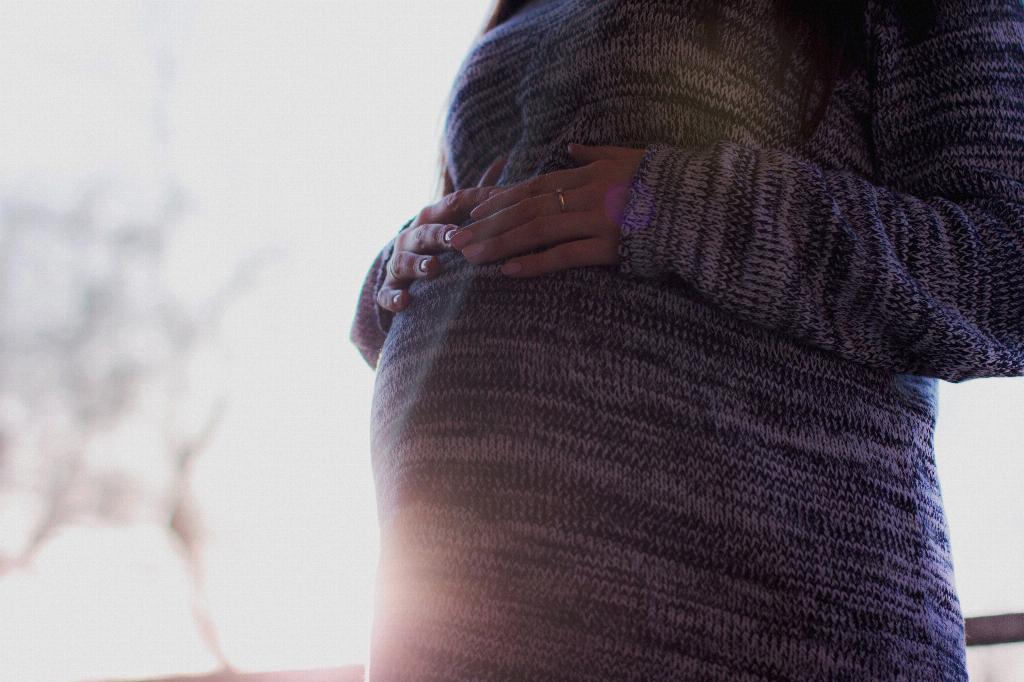Diastasis Recti is a common condition among women, especially during and after pregnancy. It occurs when the abdominal muscles separate, causing a visible bulge in the midsection. One of the burning questions often asked is whether this condition can heal on its own.
Natural Healing Process of Diastasis Recti
For some women, the good news is that diastasis recti can indeed heal on its own. The body has an incredible ability to repair itself, and in some cases, the separation of the abdominal muscles can improve with time and proper care.
Factors Affecting Spontaneous Healing
Several factors can influence whether diastasis recti will heal on its own. The severity of the condition, a woman’s overall health, genetics, and lifestyle choices all play a role in the healing process. Some women may notice improvements over time with no intervention, while others may require more targeted treatments.
Importance of Seeking Treatment
While diastasis recti can heal naturally for some women, it is crucial to seek medical advice if the condition persists or worsens. In some cases, untreated diastasis recti can lead to other health issues, such as lower back pain, pelvic floor dysfunction, and poor posture.
First-Line Treatment: Physical Therapy and Exercise
For those who need additional help in healing diastasis recti, physical therapy and targeted exercises are often recommended as the first-line treatment. A qualified physical therapist can guide women through specific movements to strengthen the core muscles and promote healing.
Benefits of Physical Therapy
Physical therapy not only helps in closing the gap between the abdominal muscles but also improves overall core strength and stability. Women undergoing physical therapy for diastasis recti may experience reduced symptoms and improved quality of life.
Exercising for Diastasis Recti Healing
Specific exercises, such as pelvic tilts, abdominal bracing, and transverse abdominis activation, can target the weakened muscles and aid in the healing process. It is essential to perform these exercises correctly under the guidance of a healthcare professional.
Patience and Consistency in Recovery
Healing diastasis recti takes time, patience, and consistency. It is crucial not to rush the process but to follow a structured treatment plan recommended by healthcare providers. With dedication and effort, improvements can be seen over time.
Monitoring Progress and Adjusting Treatment
Regular monitoring of the condition and tracking progress is essential in managing diastasis recti effectively. Healthcare providers may adjust the treatment plan based on individual response and ensure that the healing process is on the right track.
Embracing a Holistic Approach to Healing
Healing diastasis recti is not just about physical therapy and exercises; it also involves adopting a holistic approach to health. Proper nutrition, adequate rest, stress management, and overall well-being play a significant role in the recovery process.
Final Thoughts on Diastasis Recti Healing
In conclusion, diastasis recti can potentially heal on its own for some women, while others may benefit from targeted treatments such as physical therapy and exercise. It is essential to listen to your body, seek professional guidance when needed, and commit to a comprehensive approach to healing for optimal results.

